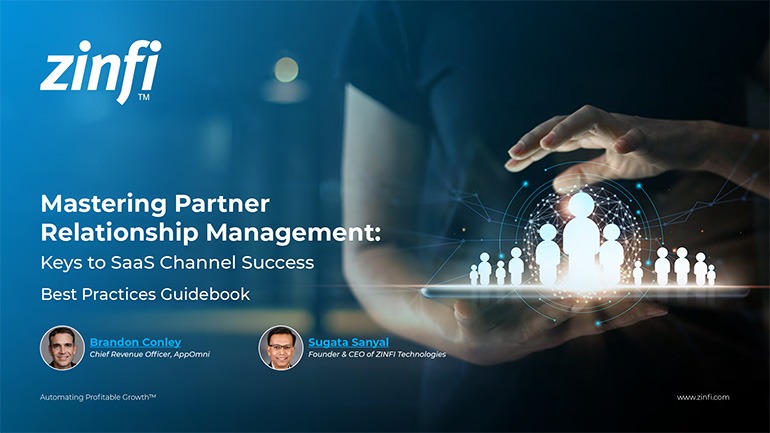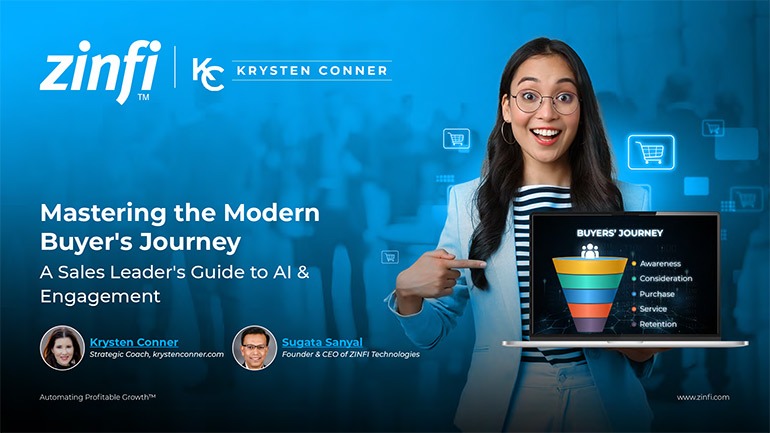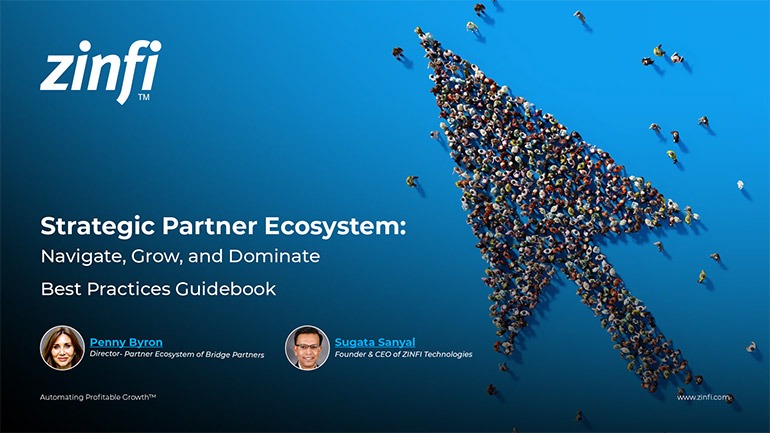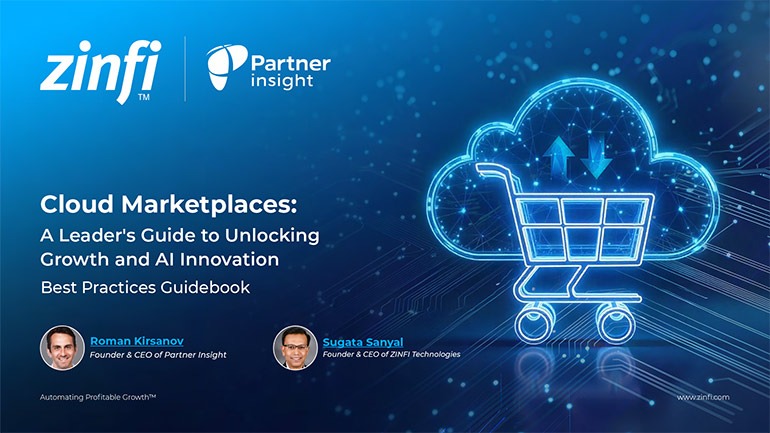Best Practices Articles

3 Things Your Deal Registration Program Must Have
Most organizations selling through the channel do not have a deal registration program. Whether you already have one or you don’t but are considering one, this article is written for you. Across multiple organizations, regions and verticals, we have consistently observed that vendors with successful deal registration pay close attention to a few key elements. In this article, I will summarize the three core elements that a deal registration program must be designed around to deliver for success.
Before we begin though, let’s discuss what a deal registration program is for. Typically, a deal registration program is rolled out to ensure that a specific partner who is selling to the end customer—and has put in a lot of effort in building that opportunity to near-closure—doesn’t lose the sale at the last minute to another partner who walks in and scoops up the deal with lower pricing or via some other mechanism. A deal registration program is also designed to protect channel partners from competition with the vendor’s direct sales force in cases where the vendor organization combines direct and indirect sales in its go-to-market model.
Now with the basics of deal registration program behind us, let’s focus on the core factors that need to be thought through and protected:
- Begin with the partner in mind – It is useless to have a deal registration program that in the end doesn’t make the partner win. Many organizations roll out a deal registration program just for the sake of having one, but then they fail to think through how a partner’s business needs should be protected. For example, the protection might extend beyond simply protecting the deal to providing a higher margin, if a partner is able to attach other products and services. The entire focus for your deal registration program should be on protecting your partners’ investment and increasing their profitability. This focus is critical for a successful deal registration program.
- The end user’s needs always come up in the end – In addition to designing your deal registration program with your partner’s business interest in mind, you also must make sure the program creates value for the end-customer who is ultimately going to carry out the transaction. When you lock out a deal on behalf of a specific partner, you need to make sure through the deal qualification and registration process that the partner is actually qualified and has the capabilities to truly satisfy the end user’s needs around your products and services.If your deal registration program blocks other qualified partners out, but ends up selecting a less-capable partner, the result may be end-user dissatisfaction and even loss of the sale. This registering a deal scenario is tricky to manage, and it must be handled carefully by the vendor, who will need to have a good understanding of the capabilities of individual partners.
- You need to make money too –The entire reason for you to put a deal registration program in place is to sell more through a broadly distributed channel in the most effective way. While you have to think through the needs of your partners and end-users, you also have to be certain the deal registration program protects those partners who are most vested with you. Providing preferential treatment to partners that are more inclined to support your business goals is not only ethical but also makes common business sense. The key here is to be transparent about it by clearly stating the criteria you use for providing protection to a certain partner over another. If you follow these guidelines, however, you will see magic happen in your channel.
Best Practices Guidebook
 Definitive Guide to a Partner Ecosystem-First Sales Strategy
Definitive Guide to a Partner Ecosystem-First Sales StrategyDownload for FREE
 The Partner-Led Digital and AI Transformation Best Practices
The Partner-Led Digital and AI Transformation Best PracticesDownload for FREE
 Startup Talent Recruitment: Hiring Missionaries, Not Mercenaries
Startup Talent Recruitment: Hiring Missionaries, Not MercenariesDownload for FREE
 The Future of Partner Relationship Management with AI in Partnerships
The Future of Partner Relationship Management with AI in PartnershipsDownload for FREE
 Cybersecurity for the 99%: Strategies from the Frontline
Cybersecurity for the 99%: Strategies from the FrontlineDownload for FREE
 Mastering Partner Relationships: A Strategic Approach to Business Growth
Mastering Partner Relationships: A Strategic Approach to Business GrowthDownload for FREE
 The Smart Manufacturing Playbook: Industry 4.0 Transformation
The Smart Manufacturing Playbook: Industry 4.0 TransformationDownload for FREE
 Mastering Partner Relationship Management: Keys to SaaS Channel Success
Mastering Partner Relationship Management: Keys to SaaS Channel SuccessDownload for FREE
 Navigating the AI Revolution: Guide for Partners in the Microsoft Ecosystem
Navigating the AI Revolution: Guide for Partners in the Microsoft EcosystemDownload for FREE
 Mastering the Modern Buyers Journey: Sales Leader’s Guide to AI & Engagement
Mastering the Modern Buyers Journey: Sales Leader’s Guide to AI & EngagementDownload for FREE
 Hybrid Cloud and Edge AI Computing Impacting the Future of PRM
Hybrid Cloud and Edge AI Computing Impacting the Future of PRMDownload for FREE
 Strategic Partner Ecosystem: Navigate, Grow, and Dominate
Strategic Partner Ecosystem: Navigate, Grow, and DominateDownload for FREE
 Cloud Marketplaces: Leader’s Guide to Unlocking Growth and AI Innovation
Cloud Marketplaces: Leader’s Guide to Unlocking Growth and AI InnovationDownload for FREE
 Getting More From Partner Performance: Guide to Measuring What Matters
Getting More From Partner Performance: Guide to Measuring What MattersDownload for FREE
 Guide to Modern Partner Relationship Management & Ecosystem Growth
Guide to Modern Partner Relationship Management & Ecosystem GrowthDownload for FREE
 Debunking the Entrepreneurship Myth Best Practices
Debunking the Entrepreneurship Myth Best PracticesDownload for FREE
 AI-Powered PartnerOps: The Next RevOps Frontier Best Practices
AI-Powered PartnerOps: The Next RevOps Frontier Best PracticesDownload for FREE







